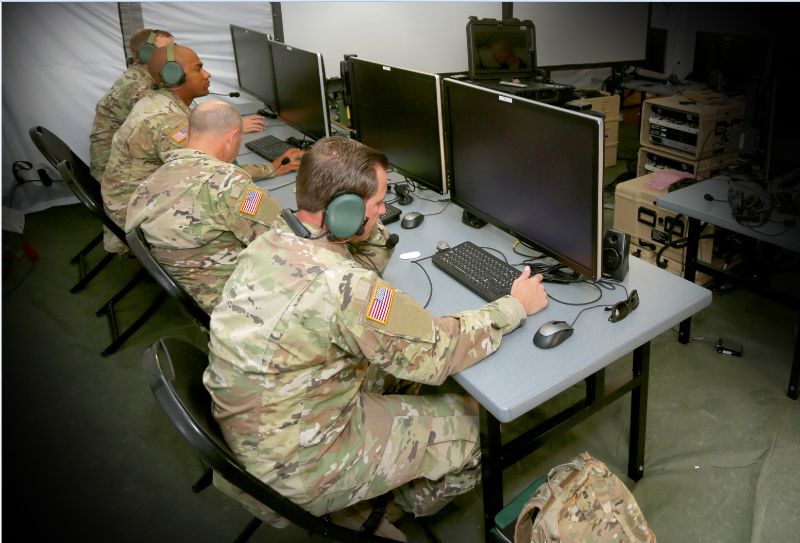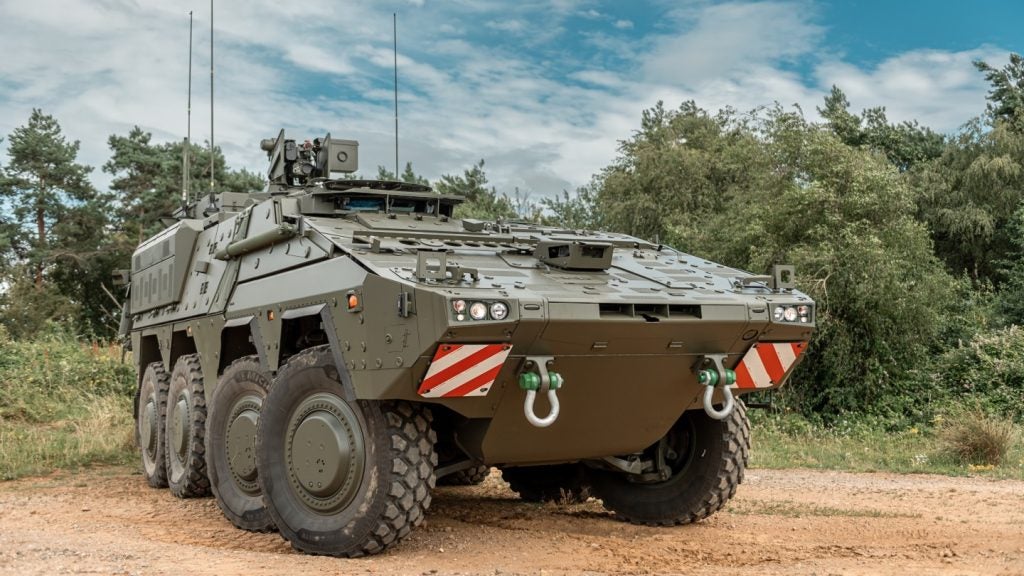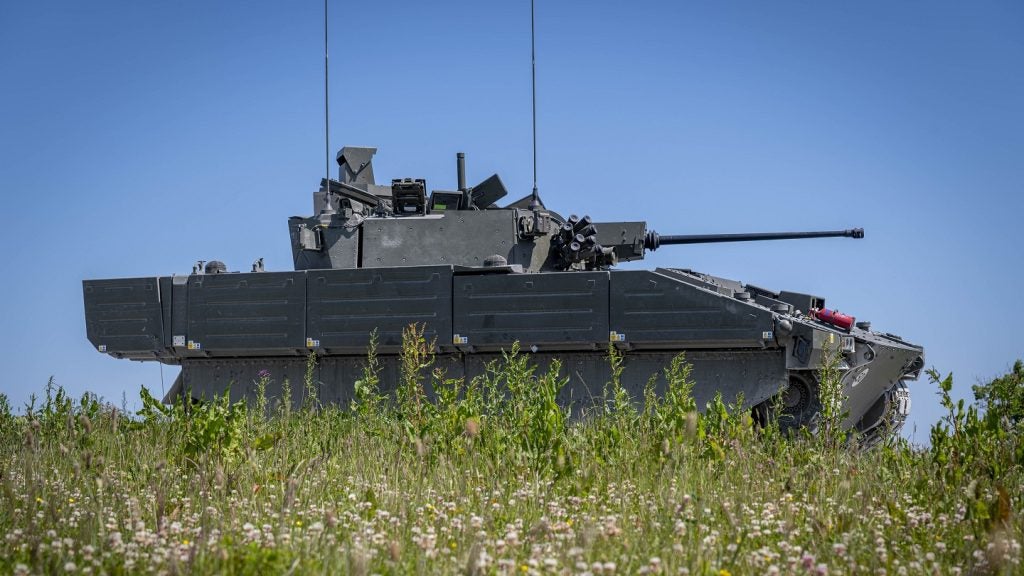
The US Army has intercepted two incoming cruise missile targets with the Integrated Air and Missile Defense (IAMD) Battle Command System (IBCS).
The two targets were intercepted during a flight test that was carried out to demonstrate the capabilities of the IBCS.
The intercept test was conducted at White Sands Missile Range, New Mexico, by soldiers from the 3-6 Air and Missile Defense Test Detachment (3-6 AMDTD).
IBCS manufacturer Northrop Grumman stated that the system proved its capability to simultaneously detect, track and engage multiple missile threats.
The test, designated IAMD Flight Test 5 (FT-5), included Sentinel, Patriot and Marine TPS-59 radars.
The army used the Patriot Advanced Capability-2 (PAC-2) Guidance Enhanced Missile-TBM (GEM-T) to engage the missiles during the test.
How well do you really know your competitors?
Access the most comprehensive Company Profiles on the market, powered by GlobalData. Save hours of research. Gain competitive edge.

Thank you!
Your download email will arrive shortly
Not ready to buy yet? Download a free sample
We are confident about the unique quality of our Company Profiles. However, we want you to make the most beneficial decision for your business, so we offer a free sample that you can download by submitting the below form
By GlobalDataThe missile defence command system is a command and control system that will provide effective air defence capabilities by providing a single picture of the battlespace.
The successful test marks a key milestone for the programme. It is the last developmental flight test ahead of operational testing in 2020.
Northrop Grumman missile defence and protective systems vice-president and general manager Dan Verwiel said: “Building on the success of the most recent flight test this past August, today’s test demonstrates that IBCS is achieving unprecedented performance in defeating multiple missile threats.
“Taking advantage of all available resources in the battlefield, IBCS enhances battlefield survivability by enabling 360° sensor coverage, and enables highest probability of defeat by ensuring the most effective weapon is used to intercept each threat.”
The test demonstrated the system’s interoperability. The IBCS fused information from different sensor systems to detect and track the two cruise missile surrogate threats which were approaching separate military assets.
The system activated the engagement mechanism to allow the operators to launch the PAC-2 missiles to take out the targets.
Army Program Executive Officer Missiles and Space major general Rob Rasch said: “Today’s successful flight test further demonstrates the maturity of the Integrated Battle Command System and its capabilities in support of multi-domain operations.
“The inclusion of marine corps and airforce sensor systems in the test architecture validate the system’s open architecture and the potential for IBCS to operate seamlessly with joint services, as well as foreign partners in the future, to extend battlespace and defeat complex threats.”






